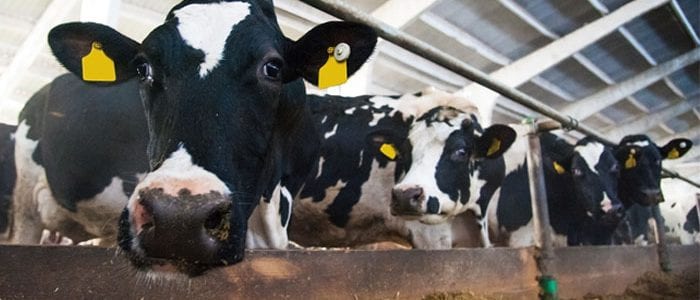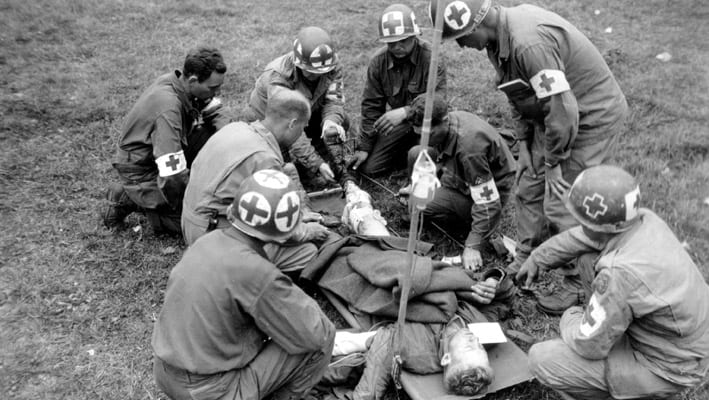© SGr / Adobe Stock
We’ve all heard a lot about climate change and how global warming is having an impact on the future of our planet. American space agency NASA is continually monitoring climate change and has revealed some worrying predictions.
Its latest report, released on 9th July, anticipated that the future climate would be hotter and drier, leading to more droughts and wildfires. The disastrous blaze (known as Camp Fire) that gripped Butte County, California, on 8th November 2018 could become something we experience more often.
Mega-drought
NASA’s Ben Cook, of the Goddard Institute for Space Studies, is conducting research into a phenomenon known as the “mega-drought” – meaning a drought which lasts for more than three decades.
Although there have been instances of such droughts in the United States over the centuries, Cook and his team predict the risk could increase by 80% by the end of the 21st century if greenhouse gas emissions continue rising at their current rate.
Although massive wildfires and droughts may seem like natural disasters that affect hotter countries, rather than the UK, scientists are predicting scorching weather will affect Britain too in the not-so-distant future.
In fact, in terms of agriculture, the adverse effects of global warming are already beginning to strike, according to a team of scientists in Wales, who have been studying dairy cows and milk production.
Effects on dairy cows
A report by Andreas Foskolos and Jon Moorby, of Aberystwyth University, suggests that the UK’s hot summers are already becoming challenging for dairy farmers. In 2018, the unusually hot summer and prolonged periods without rain damaged crops, including the grass used to feed the cows.
The report says this is going to become more commonplace as the consequences of climate change are felt across the world. The high temperature, humidity and other weather conditions, including flooding, will all challenge the agriculture industry of the future.
In the UK, the system of pasture-based dairy production is prevalent. This system is sensitive to environmental changes. Dairy cows that live and feed outdoors are more vulnerable to weather conditions than those that are housed, as the shelter masks the extremes of the weather.
Heat stress in cattle
Heat stress is a condition that can affect cows and in turn, it can impact on milk production. The current temperature and humidity are considered to be within the scale that cows can cope with, but it’s anticipated that as it gets hotter, it will become a problem and the cows will produce less milk as a result.
The study at Aberystwyth University estimates that during the remainder of the 21st century, the UK’s ambient temperature is set to increase by up to 3.5° C. This would lead to heat stress for cows and a significant dip in milk production.
As a result, the average annual milk loss will be an estimated 170kg per cow. This is a drop of around 2.4% of total production. However, the hotter it gets, the worse the situation will become. Figures for south-east England (the hottest place in the country) are even gloomier.
Some reports suggest that by the 2090s, the annual milk loss could be as high as 1,300kg per cow – around 18.6% of annual milk yield! This could spell disaster in economic terms, particularly in south-west England, where there is the highest concentration of dairy herds.
Analysts estimate that the dairy industry could lose as much as £33.8 million in annual income, as a result of heat-related stress in cows, by the end of the 21st century.
Heat stress can be very uncomfortable and damaging to cows, regardless of the dip in milk production. Initially, they will pant and sweat, seeking out shade, but they will then start to go off their food and may even fall ill.
What can the industry do?
Research is continuing into how milk-producing countries that are already hotter than the UK combat the problems of heat stress. Scientists are investigating how they cope with minimising the discomfort of the cows and ultimately the economic losses. Some dairy farms in hotter climates provide plenty of shade, with extra measures such as water misting systems and cooling fans for the cattle.
There is also talk of breeding cows that have extra heat tolerance, so that pasture-based systems can be easily maintained. This idea first hit the headlines in 2017, when a report was published claiming that the Brangus cow, first bred in the 20th century, was resistant to heat and humidity.
The breed is a mix of the Brahman and Angus species and scientists believe it can withstand the anticipated warmer temperatures. Initially bred to include the best traits of both species, including hardiness and disease-resistance, it is now a popular breed in the United States, Mexico, South America and Australia.
The Brangus’ heat-tolerance was also noted by scientists and now research is underway at the University of Florida to develop a species capable of living in hot conditions without any ill-effects. The government has given them a $733,000 grant to carry out research for three years.
Farmers should “plan ahead”
In the UK, the regions that scientists predict will be the least affected by extreme heat (such as some parts of Scotland) may become the location of more dairy farms that operate through the pasture system.
Looking ahead, scientists say that farmers need to begin planning now for a strategy to combat our rising temperatures in the UK. The simplest option at present is to plant more trees and install shaded areas.
As temperatures rise, it will become increasingly important to keep our foods and beverages cool to make sure they remain safe to consume. 1COLD specialises in the design, construction and management of cold stores, cold rooms and industrial chillers for the food and drinks industry.
Please contact us for further information.




